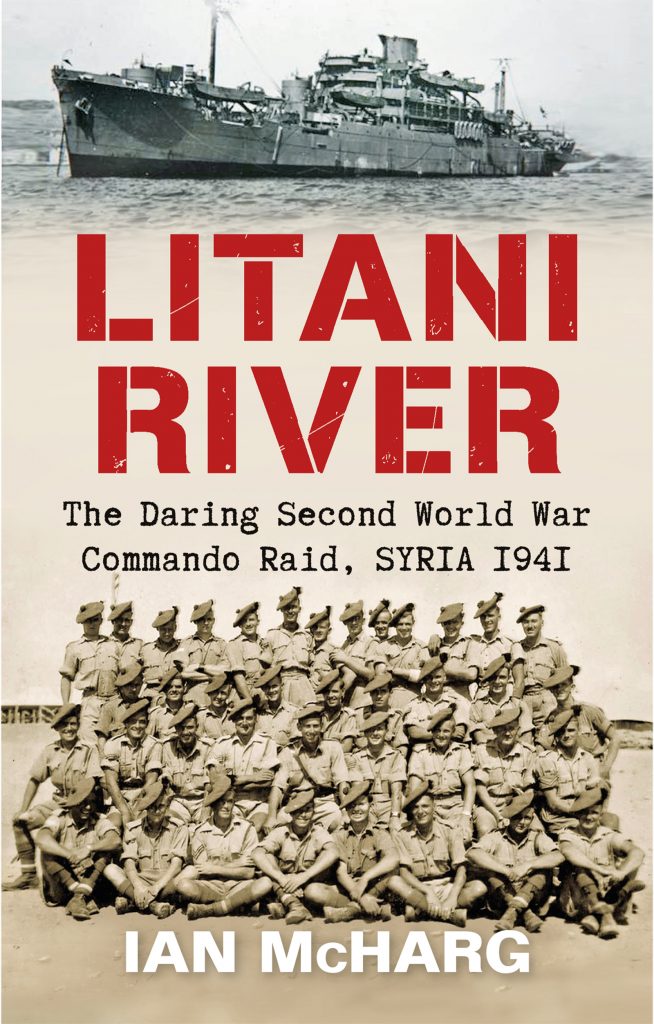
No.11 (Scottish) Commando was raised in Galashiels in the summer of 1940, under the command of Lt. Col. Dick Pedder, from volunteers from the Scottish Command. From Galashiels they completed a 100-mile march to Ayr before commencing arduous commando training on the Isle of Arran. From Arran they sailed to the Middle East as part of Layforce.
6 Troop No.11 (Scottish) Commando (Alan Orton)
In June 1941 they took part in Operation Exporter – the invasion of Vichy French controlled Syria and Lebanon, where they carried out the first opposed amphibious landing on an occupied shore by a complete Commando Force.
Dick Pedder (National War Museum of Scotland)
Divided into three parties – X Y and Z – they were tasked to land from the sea and attack the Vichy French held positions from the rear. Their mission was to hold the occupied ground around the mouth of the Litani River – allowing the advancing 21st Australian Brigade to cross and continue its advance north to Beirut. The operation got underway on 8 June 1941 and immediately encountered difficulties. A heavy sea swell and the risk of capsizing their landing-craft, resulted in the first attempt being aborted in clear view of the enemy.
Litani River (Australian War Memorial)
With the Australian’s lined up south of the Litani River, a second attempt to land was carried out the following night. Delays during embarkation resulted in the landing-craft reaching the beach with daylight breaking. With the element of surprise already lost twenty-four hours earlier, they experience further difficulties. X and Y Parties were landed in front of, rather than behind the enemy, leaving no option but to mount frontal assaults against heavily armed and fortified troops.
X Party, commanded by Major Geoffrey Keyes, landed on the south side of the Litani River and doggedly fought their way to the river bank, taking a number of casualties on the way. Using a small boat borrowed from the Australians they were able, despite being under heavy machine gun, sniper and artillery fire, to cross the river and capture a heavily fortified enemy redoubt that dominated the ground. The party held the position for over eight hours – long enough to allow the Australian Brigade to build a pontoon bridge and start crossing the river.
Geoffrey Keyes (National War Museum of Scotland)
Y Party, commanded by the CO, Dick Pedder, were originally tasked to act in reserve and support X Party if required. However, the party consisting of the Commando HQ and No’s 1, 7 and 8 Troops landed in the heart of the enemy’s heavily manned and defended positions. Which included a barracks, numerous artillery pieces and machine gun posts. Chaotic and confused fighting followed the landing, resulting in the three Troops operating independently.
No. 7 Troop commanded by Lieutenant Blair ‘Paddy’ Mayne, achieved their objective quickly. Killing and capturing many enemy troops in the process, before turning south with the intention of assisting X Party. Despite being fired upon on several occasions by the Australians, the Troop managed to cross the Litani River, taking several prisoners with them.
Paddy Mayne (National War Museum of Scotland)
No. 8 Troop’s two sections, under Captain Ian Glennie and Lieutenant Bill Fraser, were separated during the landing. Glennie’s ‘A’ Section headed north engaging the enemy and taking prisoners until it reached Z Party at Kafr Badda. Fraser’s ‘B’ Section accompanied Mayne’s No.7 Troop in the early stages of the operation before also heading north to support Z Party.
Commando HQ and No.1 Troop were involved in heaviest fighting. Initial contacts were successfully dealt with and before long the barracks and numerous artillery guns were captured. However, as the enemy re-grouped and reinforcements flooded the area, the situation quickly deteriorated. Outnumbered and surrounded they took many casualties including the Commanding Officer – Dick Pedder, Captain Robin Farmiloe and Lieutenant Alistair Coode all killed. With the last remaining officer, Lieutenant Gerald Bryan, wounded and captured, RSM Lewis Tevendale took command of the Party. Despite showing extreme courage they were soon surrounded and Tevendale was left with no option but to surrender.
Z Party commanded by Captain George More, also landed on the wrong side of the enemy and was left with no option but to carry out a frontal assault on the Kafr Badda Bridge. Situated on the main coastal road from Beirut, the bridge was part of the enemy’s main supply route from the north. Despite having to advance over open ground with little cover; overcome an enemy that was dug in on high ground and supported by armoured fighting vehicles (AFV’s) – the Party successfully captured and held the bridge. For over twelve hours they were subjected to probing attacks by AFV’s, before the sheer weight of enemy numbers and armour forced them to withdraw south towards the Litani River.
Split into two groups, one led by More and the other by Lieutenant Tommy Macpherson, they withdrew in separate directions. More’s group followed the coast and eventually got trapped in a barbed wire entanglement surrounding enemy machine gun positions. After taking several casualties they were forced to surrender, and were held captive until the French commander, observing the advancing Australians, duly surrendered to More.
Tommy Macpherson (National War Museum of Scotland)
Macpherson’s group, leaving the courageous Lance Corporal Noble Sproule to single handedly hold the enemy with a captured heavy machine gun, withdrew from the bridge and headed to the hills in the east. Reunited with Sproule and under the cover of darkness Macpherson successfully took his group back across the river and into the Australian lines.
Despite being out numbered the Commando was able take the ground and hold the line long enough for the Australians to cross the Litani River and continue their advance north. However, their bravery was not without loss – of the 406 men that landed, 130 were killed or wounded in nearly twenty-nine hours of fighting – for which they only had enough ammunition and food to last eight.
Operation Exporter was a controversial and bitter campaign that had gone relatively untold for nearly 70 years. Suggestions were that Allied censors even acted to suppress reporting of the fierce fighting against French forces – which saw Frenchmen fighting Frenchmen. The battle for Litani River was among the hardest fought of the operation. For their gallantry the Scottish commandos were awarded four Military Crosses, two Distinguished Conduct Medals, a Military Medal and two Mentions in Dispatches.
For more blogs by Ian McHarg click here
For books by Ian McHarg click here

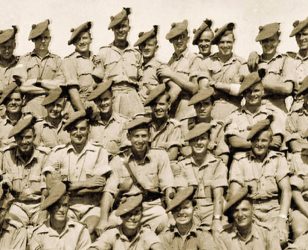
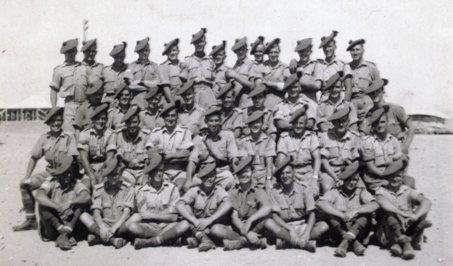
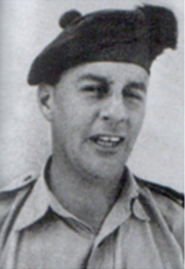
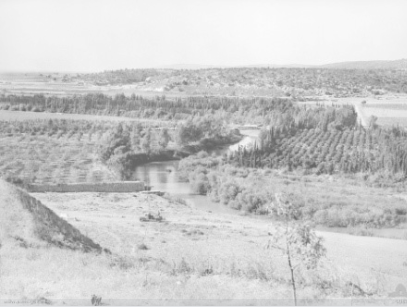
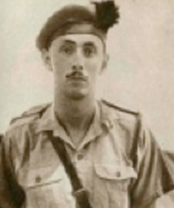

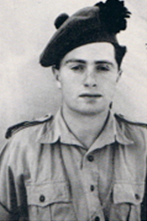
Better detail than other net sites. Think the CO a relative not quite made the connection yet.